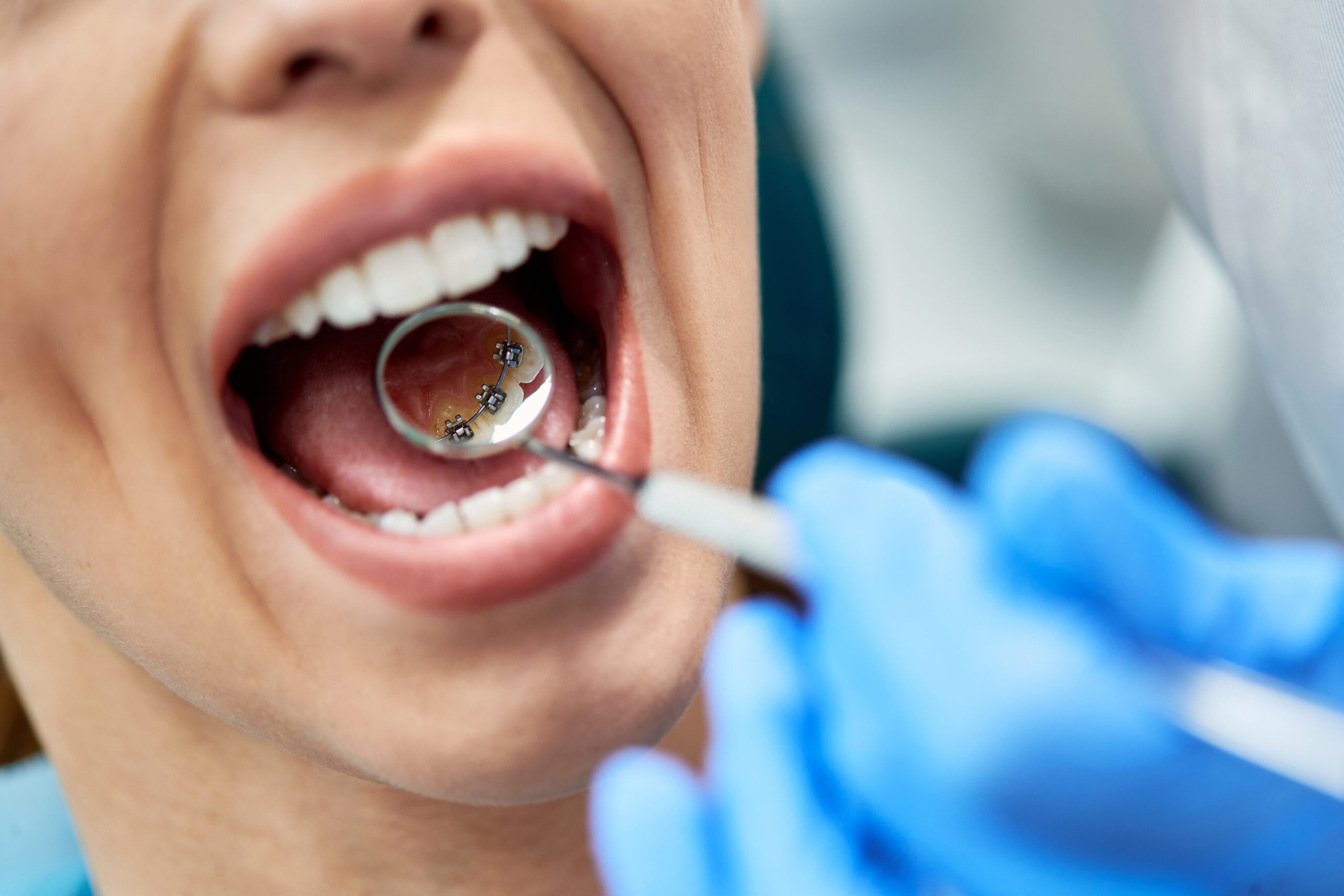10 Simple Techniques For Legacy Orthodontics
10 Simple Techniques For Legacy Orthodontics
Blog Article
The Legacy Orthodontics Ideas
Table of ContentsThe Main Principles Of Legacy Orthodontics The Best Guide To Legacy OrthodonticsThe 10-Minute Rule for Legacy OrthodonticsThe smart Trick of Legacy Orthodontics That Nobody is Talking AboutHow Legacy Orthodontics can Save You Time, Stress, and Money.
In enhancement, we use adjustable therapy schedules, versatile repayment choices and a fun, delightful experience.An orthodontist is a dentist educated to identify, avoid, and deal with teeth and jaw abnormalities. Orthodontists function with individuals of all ages, from children to grownups.
Malocclusion, or misaligned teeth, can lead to dental problems, including dental caries, gum disease, and hard or agonizing chewing. Not every person is birthed with straight teeth. If you have a bad bite or huge areas between your teeth, you might want to consult a dental professional specializing in orthodontic treatment.
Things about Legacy Orthodontics
( Picture Debt: DigitalVision/Getty Images) Orthodontists use repaired and removable oral gadgets, like braces, retainers, and bands, to alter the placement of teeth in your mouth. Orthodontic therapy is for oral abnormalities, including: Misaligned teethBite problems, like an overbite or an underbiteCrowded teeth or teeth that are as well far apartJaw misalignmentThe objective of orthodontic treatment is to boost your bite.
A healthy and balanced bite ensures you can consume, chew, and speak effectively. While you may think of orthodontists as mainly for kids or young adults who require dental braces, they can correct dental troubles at any type of age. Orthodontists participate in college, oral college, and orthodontic college. After graduation, they spend 2 or 3 years in an orthodontic residency program.
All orthodontists are dental professionals, yet not all dental practitioners are orthodontists. Orthodontic residency programs supply intensive, focused guideline for dental specialists. They concentrate on 2 locations: Exactly how to effectively and securely move teeth Just how to properly assist growth in the teeth, jaw, and faceOnce an orthodontist has actually completed training, they have the choice to come to be board accredited.
Our Legacy Orthodontics Ideas
Malocclusion leads to tooth congestion, an askew jaw, or uneven bite patterns. Malocclusion is normally treated with: Your orthodontist attaches steel, ceramic, or plastic square bonds to your teeth.
If you have only small malocclusion, you may have the ability to make use of clear dental braces, called aligners, rather than typical braces (https://pastebin.com/u/legacyortho). Some people require a headgear to help move teeth right into line with stress from outside the mouth. After braces or aligners, you'll need to use a retainer. A retainer is a personalized tool that maintains your teeth in position.
They can produce extra room in the mouth without having to draw teeth. Orthodontists make use of wires, medical screws, or plates to support your jaw bone.
You may require to see an orthodontist if you have: Crowding or otherwise enough room for all of your teethOverbite, when your upper teeth come your bottom teethUnderbite, when your bottom teeth are too much forwardSpacing or concerns with gapsCrossbite, which is when your upper teeth fit behind your base teeth when your mouth is closedOpen bite or a vertical void in between your front bottom and top teethMisplaced midline, when the center of your base and upper teeth don't line up Remedying an oral malocclusion can: Make attacking, chewing, and speaking easierImprove the proportion of our face and your general appearanceEase pain from temporomandibular joint problemsSeparate your teeth and make them simpler to clean, aiding stop dental caries or cavities It's frequently a dental expert that initially notifications misaligned teeth during a routine test.
Legacy Orthodontics Fundamentals Explained

Throughout your first orthodontic consultation, you'll likely have: A dental examPhotos taken of your face and smileDental X-raysPanoramic (360 degree) X-rays of your face and headImpressions to produce molds of your teethThese tests will certainly help your orthodontist know how anchor to wage your treatment. invisalign. An orthodontist is a dental professional that's had training to treat your teeth and jaw
Orthodontists might do surgical treatment, exams,X-rays,and even more to help you obtain a more comfortable, much healthier smile. An orthodontist is concentrated on your bite, so something like a chipped tooth would be taken care of by a dental expert. Orthodontists are dental professionals however not all dentists are orthodontists. Orthodontists are focused on your bite, or the way your teeth fit together, and the straightness of your teeth.
Ever before questioned exactly how celebs always seem to have flawlessly lined up teeth? Orthodontists are oral experts who focus on fixing irregularities in the teeth and jaws.
Top Guidelines Of Legacy Orthodontics

While braces are one of the most typically identified orthodontic therapy, orthodontists have a varied toolkit at their disposal. The particular technique picked relies on the severity of the situation, the person's age, and individual preferences. These tried-and-true dental braces use a system of braces bonded to the teeth and linked by cords.
These removable trays are customized to gradually shift the teeth's placement. In situations of slim jaws, palatal expanders can be utilized to produce room for correct tooth placement.
Report this page